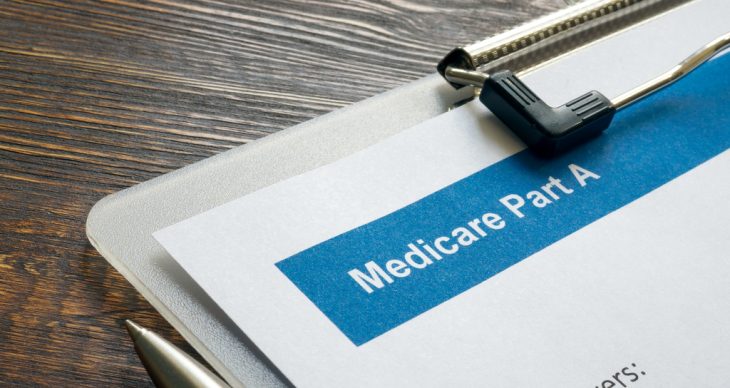Are you wondering how government health insurance might be able to save you money on your medical costs? Medicare is one of the largest federal health plans in the United States. Each of the four components of the program (Medicare Part A, B, C and D) covers various treatments and services for those who qualify. Most Americans become eligible for Medicare upon turning 65, but there are ways to enroll as a younger adult.
For most Americans, Medicare Part A – also known as hospital insurance – is completely free. Medicare Part B, C and D all have associated costs with coverage. It is crucial to understand how each Medicare component works before enrolling.
When you apply for Medicare Part A, you are applying for half of what is known as “original Medicare.” Part A and Medicare Part B are the two primary components of the program.
Also known as hospital insurance, Medicare Part A covers the following types of inpatient care:
- Care provided at nursing homes.
- Hospice care.
- Home care.
- Care provided at skilled nursing facilities (SNF).
Most Americans qualify for premium-free Part A insurance upon turning 65, which means there are no monthly costs associated with hospital insurance.
To get premium-free Medicare Part A, you must meet one of the following requirements:
- Have a minimum of 40 work credits (roughly 10 years of employment)
- Qualify for Railroad Retirement Board (RRB) benefits
- Have a spouse who qualifies for premium-free Part A
Even if you qualify for free coverage, you must still pay any applicable out-of-pocket costs. These include the deductible and any coinsurance that applies.
Deductibles apply for the length of your benefit period, which starts the day you check into an inpatient care facility. The benefit period ends when you have stopped receiving inpatient care for 60 consecutive days.
The 2023 Medicare Part A deductible is $1,600. Once you pay this amount in out-of-pocket expenses, the insurance will cover the rest.
Aside from the deductible, you must also pay the following coinsurance per day of admission:
- Days 1 – 60: $0
- Days 61 – 90: $400 per day
If you are still receiving inpatient care after 90 days, you must pay $800 for each “lifetime reserve day.” All Medicare beneficiaries get 60 total reserve days in their lifetime. They do not restart with each benefit period.
After using your lifetime reserve days, you are responsible for all costs associated with inpatient care.
By Admin –
